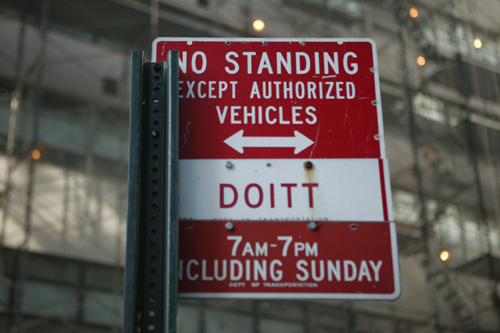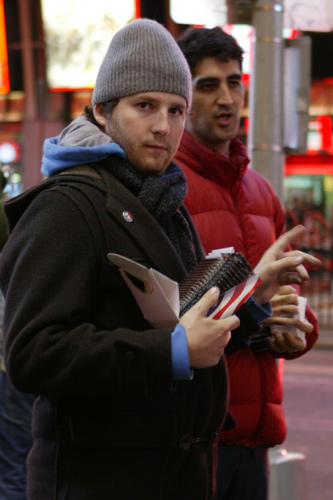When I was in school, I always considered History to be one of the easiest subjects, and also one of the most boring ones. Most teachers that I had concentrated on having us memorize facts and dates, and did not really try to make History interesting. I did have a couple of good History teachers in college, one of whom won a Pulitzer prize. Another made me regret not having the time to get a proper classical education.
In any case, the biggest problem I have with history books is that everything in them is sanitized. I like my historical works HBO-style, with all the filth intact, like in Deadwood and Rome.
Let me give you an example. I was reading “The Tolstoys: Twenty Four Generations of Russian History” by Nikolai Tolstoy-Miloslavsky. The Tolstoy family were always very important in Russian history. They seem to possess some talents that seem to be passed on genetically. These talents seem to fall into three categories: writing, politics, and to the lesser extent art. From founding the fist Russian secret police, through writing dozens of world-changing books, to revolutionizing Russian web design, Tolstoys left a deep mark. By reading this book I understood how much this one family line changed Russia and the world.
But what I found the most enjoyable was not that, but a little episode about Ilya Miloslavskiy, the book author’s illustrious ancestor. Boyar Miloslavskiy was sort of an olde tyme oligarch. In 1600s he headed all of Russia’s most important (and profitable) ministries, Military, Medical, Treasury, etc. He was a man of limitless appetites, and stole amazing amount of money. Miloslavsky’s boss, tzar Alexei was not bothered as much by stealing, as he was by amoral behavior.
Tolstoy quotes Dr. Collins, a royal physician and apparently Miloslavsky’s employee:
“at last perceiving Eliah too kind to some of his Tartar and Polish slaves, he urged him (being and old Widdower) either to marry or refrain the Court. For the Russians highly extoll marriage, partly to people their Territories, and partly to prevent Sodomy and Buggery, to which they are naturally inclined, nor is it punished there with Death. A lusty Fellow about eight years since being at this beastly sport with a Cow, cry’d to one that saw him ‘Ne Mishchay, do not interrupt me; and now he is known by no other name over all Muscovy, than ‘Ne Mishchay’ “.




